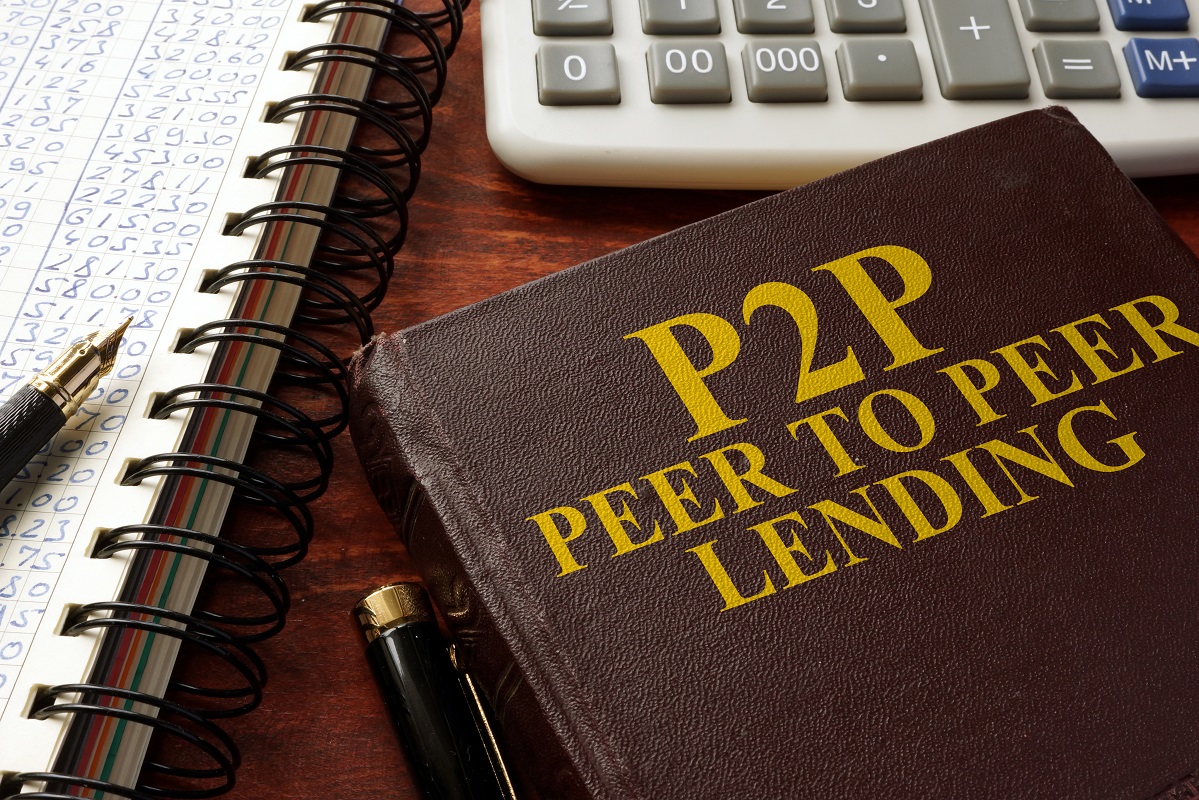Peer-to-peer lending is becoming a highly attractive way to grow your money. However, many people do not know about this type of investment. It is a relatively new way of investment offering many benefits to investors and borrowers compared to conventional investments. In the past, investment was intimidating, and speaking and meeting with financial planners and bankers sometimes put people off. Now alternative investment options like peer to peer lending remove the middleman and make investment more accessible to everyone. It offers a simple investment process with high returns. But you may wonder whether you should invest in it or not.
In this article, we are going to compare p2p lending with traditional investments. First, let's find out all about p2p lending.
What Is Peer To Peer Lending?
P2p lending brings borrowers and investors to the same platform and allows lenders to lend money directly to potential borrowers. It is a great way to earn steady returns, but you have to keep your money locked for years.
Investment Terms And Interest Rate
Like all other investments, the interest rate on p2p lending also fluctuates depending on market conditions. Most p2p platforms offer an interest rate of 6%, but it can vary depending on how long you hold your investments. The more the interest rate, the more the risk will be. If you want to end your investments early, you can sell them on secondary markets.
Risks In P2p Lending
In starting, p2p lending was considered riskier because most p2p loans were unsecured. But now, things have dramatically changed. P2p platforms now also offer secured loans. If a borrower defaults, the collateral is sold so that the investors get their money back.
Minimum Investment & Accessibility
Every p2p platform has a minimum investment that you must deposit to start investing. To start p2p lending, you do not need to go to banks or any financial agent. You just need to select a platform, make an account, and deposit funds. You can access your account from any mobile or device from anywhere.
Now that you know most about p2p lending let's compare it with the most significant traditional investments.
P2p Lending Vs. Stocks
You may have heard about how much you can earn if you invest in stocks and shares of big companies like Google. A share of stock means a fraction of ownership in a company. The worth of your stocks can increase or decrease depending on the value of the company. It means if the company grows, you can earn high returns by selling stocks, but if a company goes bankrupt, you will lose all your money.
Investment Periods & Interest Rate
When you invest in stocks, it is impossible for you to know whether the value will increase or decrease. Moreover, there is no specific period for which you can invest in p2p lending. You can invest for a short period or for the whole of your life.
Risk And Liquidity
Stock investment carries a high risk because if a company has a bad few years or goes bankrupt, all of your money will be lost. You can sell your stocks in the market whenever you want. However, in p2p lending, it is sometimes difficult to withdraw your money if the platform does not have a secondary market.
P2p Lending Vs. Bonds
A bond is actually a loan to a government or a company with a fixed return. However, they offer meager interest rates, and they are considered a low-risk way of investment.
Investment Length & Interest Rate
There are different types of bonds available with varying periods of investment, interest rates, and risks. They include treasury bills, municipal bonds, and corporate bonds. Corporate bonds are issued by companies and carry high risk, but they offer high-interest rates.
The interest rate typically ranges from 0 to 10%, and the commitment period is between 3 to 5 years. P2p lending is similar to bonds in a way that the longer you invest, the more interest you can earn. However, p2p lending offers high-interest rates compared to bonds.
Risk And Liquidity
Always keep in mind that the lower the risk, the lower the interest rates. Bonds have a low risk. That is why they offer low-interest rates. The most considerable risk is that the return you will get after a certain period is not enough to overcome inflation. Bonds can be sold to the secondary market with a reasonable degree of liquidity.
Although stocks and bonds are great ways of investing money, p2p lending offers a return that is required to beat the inflation rate.





